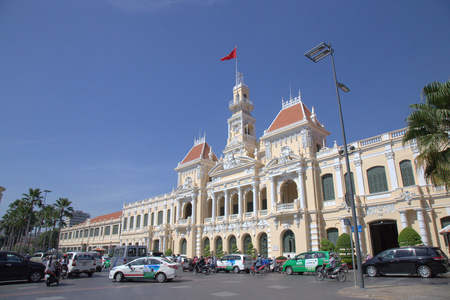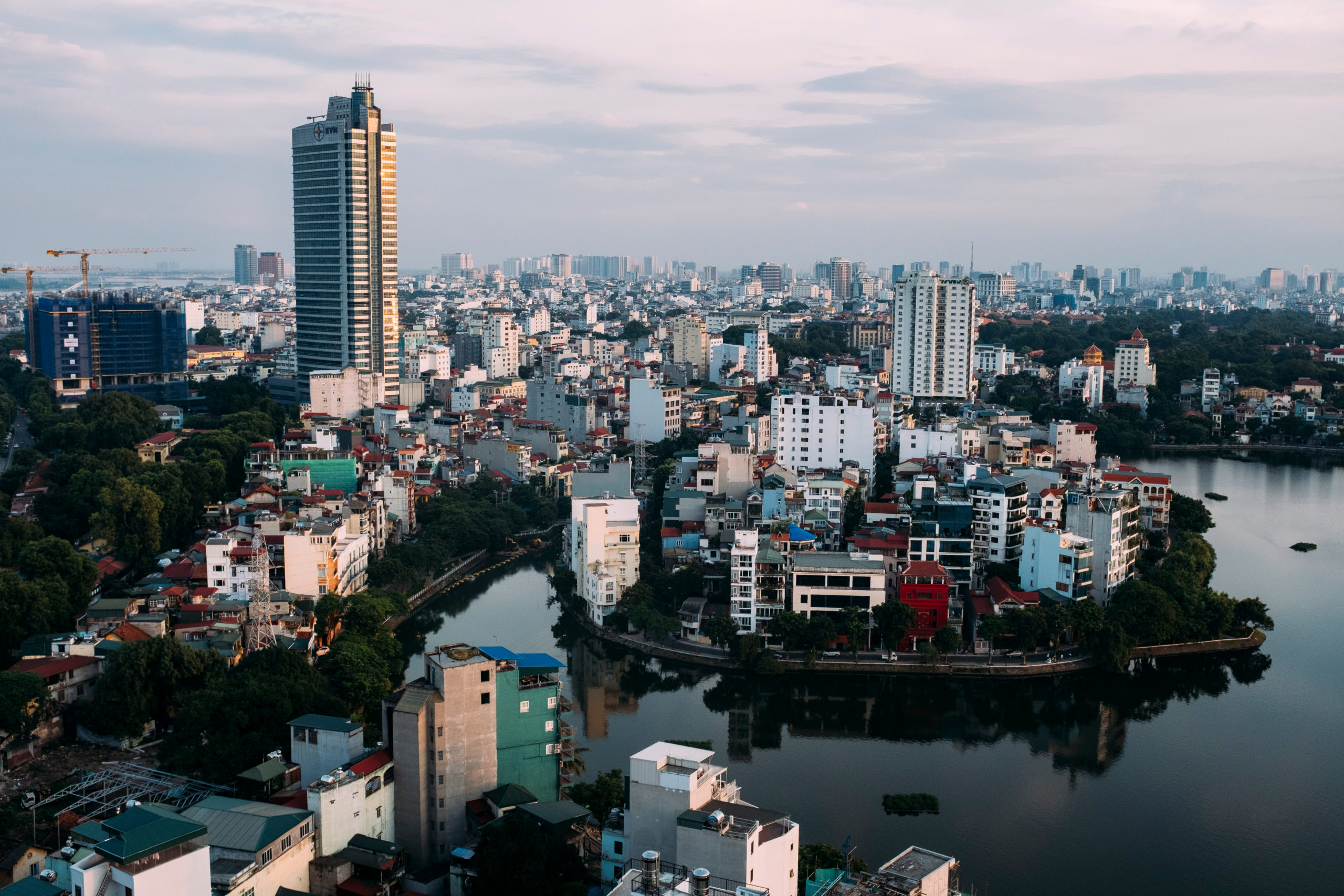8 October, 2016
On 02 December 2015, after nearly 3 years with 14 rounds of negotiations, the Minister of Industry and Trade of Vietnam, H.E. Vu Huy Hoang and the European Commissioner for Trade, H.E. Cecilia Malmström have signed the Vietnam-EU Free Trade Agreement (FTA). Both parties will finalize the ratification process as soon as possible for the FTA to take effect from the beginning of 2018.
The FTA is considered one of the most comprehensive and ambitious trade and investment agreements that the EU has ever concluded with a developing country. It is the second agreement in the ASEAN region after Singapore and it will intensify the bilateral relations between Vietnam and the EU. Vietnam will have access to a potential market of 500 million people and a total GDP of USD15,000 billion (accounting for 22% of the global GDP). The other way around, exporters and investors from EU have further opportunities to access one of the fastest-growing countries of more than 90 million people in the region.
The real wages of skilled laborers may increase by up to 12% while real salary of common workers may rise by 13%. The macro economy will be stable and inflation rate is controlled. Vietnam’s business activities will be booming in the next few years once the EU- Vietnam FTA officially comes into force and Government’s policies as well as institutional reforms start showing their positive effects.
Vietnam’s GDP is expected to increase by 0.5% annually; increase in exports is 4-6% per year. If this trend continues until 2020, Vietnam’s exports to EU will increase by USD 16 billion. Until 2025, the FTA is estimated to generate an additional 7-8% of GDP above the trend growth rate.
Market access for goods
Nearly all customs duties – over 99% of the tariff lines will be eliminated. The small remaining number is partially liberalized though tariff tare quotas. As Vietnam is a developing country, it will liberalize 65% of import duties on EU exports to Vietnam at entry into force and the remaining duties will be eliminated over the next ten years. For some products, EU duties will be eliminated over a seven-year period such as motorcycles with engines larger than 150 cc, car parts, about half of EU pharmaceutical exports. The market will be opened for most of EU food products, i.e. wine, spirits and frozen pork meat after seven years and for dairy products after a maximum of five years. This is unprecedented far-reaching tariff elimination for a country like Vietnam, proving its targets of deeper integration and trading relations with the EU.
From the EU side, it agrees to eliminate duties for 85% of the tariff lines for goods imported from Vietnam immediately at the entry into force of the FTA. Within 7 years from the effective date of the FTA, there is more than 99% of the tariff lines being eliminated for Vietnam. The EU will eliminate duties for some sensitive products in the textile and footwear sector over a 5-7-year period, with a fabric-forward rule (instead of a strict yarn-forward rule as in the TPP) and allowing Vietnam to import fabrics from South Korea. The EU also offers access to some Vietnamese sensitive agricultural products via tariff rate quotas (TRQs), in addition to a number of main Vietnamese exports such as mobile phones, computer accessories, and sport shoes. Vietnamese exports of textile, clothing and footwear to the EU are expected to more than double in 2020 as a result of the FTA.
We note that besides Vietnam in the region, Singapore also concluded an FTA with the EU in 2014. However, this does not affect the competitiveness of Vietnam in trading with the EU. This is due to the fact that Vietnam mainly exports textiles, footwear, agricultural products, etc. while Singapore’s main exports are machines, chemical products and transport equipment. Moreover, while the EU is accelerating procedures to negotiate FTAs with different countries in the ASEAN region, Vietnam should take advantage of this golden time before FTAs with others in the region are concluded and become effective.
Market access for EU service providers
Although Vietnam’s WTO commitments are used as a basis for the Chapter on Trade in Services and Commitments, Vietnam has not only opened additional (sub)sectors for EU service providers but also commits deeper than in the WTO, offering its EU partners best possible access to Vietnam’s market. (Sub)sectors that are not committed under the WTO but under which Vietnam makes commitments are, for example: Interdisciplinary R&D services; Nursing services, physiotherapists and para-medical personnel; Packaging services; Trade fairs and exhibitions services; Building-cleaning services. Moreover, it is noteworthy that the FTA contains a provision that allows one party to grant the other party the best treatment that the former is negotiating with other partners under other framework (for example, TPP, Regional Comprehensive Economic Partnership, Vietnam – European Free Trade Association) on 17 July 2015.
We set out below certain Vietnam’s commitments in key sectors with reference to its commitment in the WTO.
Distribution sector
WTO requires an Economic Needs Test (ENT) for establishment of outlets for retail services (beyond the first one). EVFTA requires the same but adds cases for ENT exemption and timeline for ENT abolishment.
Processed oil and crude oil by foreign investors are still prohibited.
| WTO | EVFTA |
| The establishment of outlets for retail services (beyond the first one) shall be allowed on the basis of an Economic Needs Test (ENT) | In case of establishing an outlet less than 500m2within the area planned for trading activities and already completed construction of infrastructure, ENT is not required.
5 years from the date of entry into force of the Agreement, the requirement of the ENT will be abolished. |
Power/ Energy
| WTO | EVFTA |
| N/A | Commitments are made in 3 sub-sectors: (i) Production of electricity; transmission and distribution of electricity on own account; (ii) Manufacture of gas; distribution of gaseous fuels through mains on own account; and (iii) Production of steam and hot water; distribution of steam and hot water on own account. |
Maritime Transport
| Sub-sectors | WTO | EVFTA |
| Maritime transport services | Mode 3 Market Access (MA): joint venture with maximum 49% foreign ownership | Mode 3 MA: joint venture with maximum 70% foreign ownership |
| Internal Waterways transport
+ Passenger transport + Freight transport
|
Mode 1: No commitment
Mode 3: joint venture with maximum 49% foreign ownership |
Mode 1: No restriction
Mode 3: joint venture with maximum 51% foreign ownership |
Securities services
| WTO | EVFTA |
| Commitments on 6 sub-sectors
Mode 3: foreign securities service suppliers are permitted to establish representative offices and joint ventures with maximum foreign ownership of 49%.
After 5 years from the date of accession, securities service suppliers with 100% foreign-invested capital shall be permitted. |
Same commitments in 6 sub-sectors
Commitments on 2 additional services: Provision and transfer of financial data processing; and credit reference and analysis.
Mode 3: Same as the WTO |
Telecommunication Services
Non facilities-based services: WTO/ AFAS: maximum 65% foreign ownership forever but in the EVFTA after 5 years, this could be 75%.
Other services – Virtual Private Network (VPN): maximum 70% foreign ownership forever but in the EVFTA after 5 years, this could be 75%.
Conclusion
Vietnam is a country of changes and currently offering increasing opportunities for foreign businesses. The underlying strength of the economy is reflected in, among others, controlled macroeconomic indicators, strong productivity gains and extensive integration into regional and global economy. It is now exactly time for foreign investors to start their business plans and grasp the upcoming clear opportunities.
For further information, please contact:
Oliver Massmann, Partner, Duane Morris
omassmann@duanemorris.com

.jpg)





